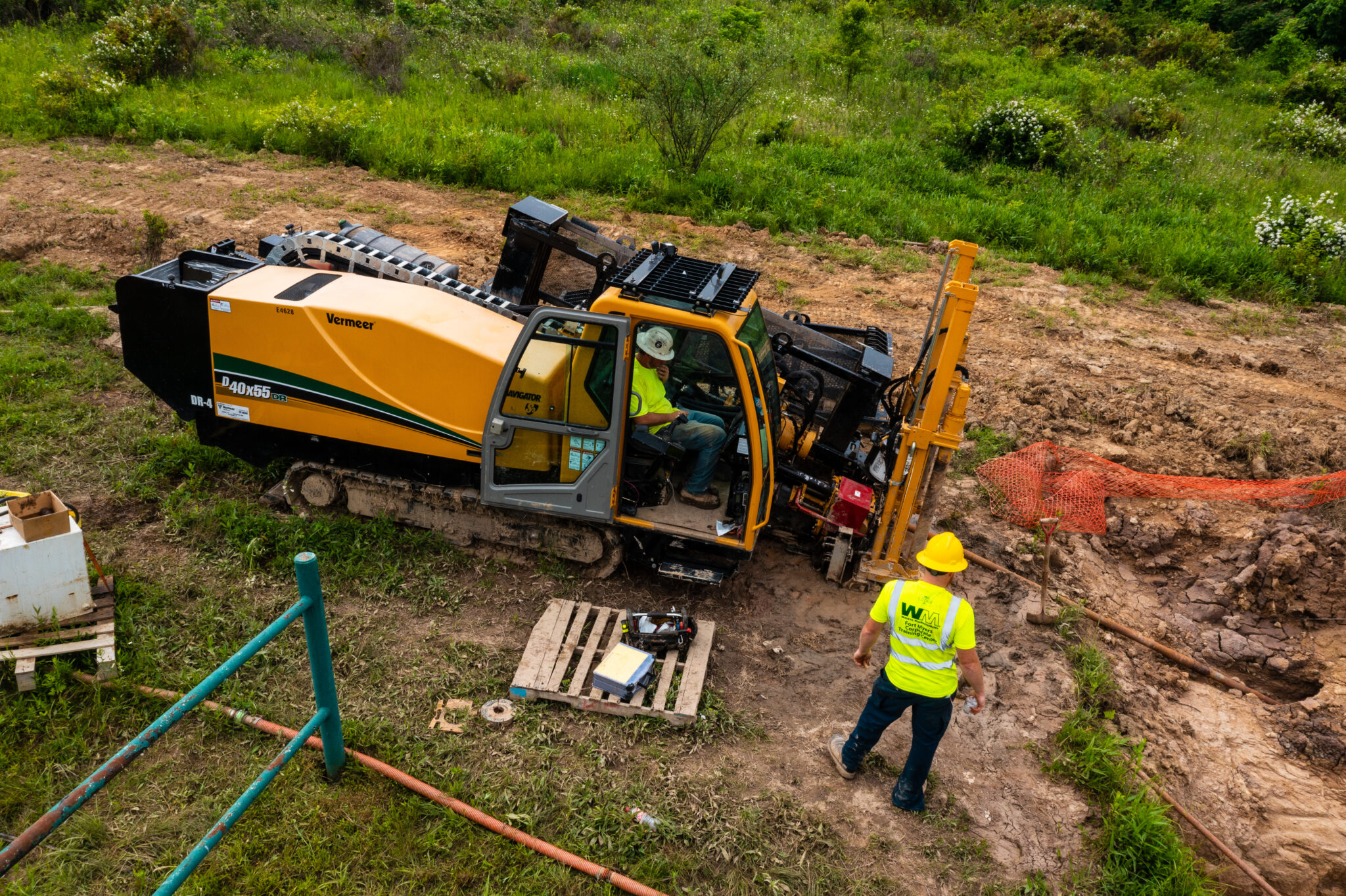Uncovering the Abyss: Your Introduction to Directional Boring
In an era where infrastructure progress and environmental factors often collide, directional drilling stands out as a game-changing solution. This modern technique has changed the way we approach subsurface excavation, enabling greater accuracy, efficiency, and minimal disruption to the surface environment. As we explore this fascinating field, we'll uncover the fundamentals of directional drilling, exploring its history, technology, and multiple applications across industries.
Directional drilling is more than a method reserved for oil and gas exploration; its benefits also include utility installation, renewable energy projects, and urban infrastructure development. This article will take you through the key aspects of directional drilling, explain its key differences from traditional drilling methods, and highlight the innovations that are transforming its future. By the end, you will gain a deeper understanding of how directional drilling is changing the approach to contemporary construction and how it plays a crucial role in our rapidly changing world.
Comprehending Directional Boring
Directional boring is a modern technique that allows drillers to construct wells at multiple angles rather than just vertically. This technique is vital for reaching resources that are located beneath complicated geological formations or in urban areas where space is limited. By steering the borehole, directional drilling offers versatility in discovering oil, gas, and other resources while minimizing surface disruption and environmental impact.
The process of directional drilling includes the use of specific equipment, including drill bits and mud pumps, which facilitate the drill to change angle and direction as needed. https://gmaccontractors.com/ optimizes resource extraction but also cuts down the number of drilling sites required, making it a more environmentally friendly option. With developments in technology, drillers can now achieve precisely calibrated paths, ensuring that wells are located exactly where they are needed.
In furthermore to oil and gas applications, directional drilling is more and more being used in utility installations and renewable energy projects. The capability to drill lateral beneath hindrances like rivers or city infrastructure is crucial for improving efficiency and safety in many industries. As the need for new drilling solutions expands, comprehending the principles and applications of directional drilling becomes more and more important for both sector professionals and interested newcomers.
Benefits of Inclined Drilling
Horizontal drilling offers a variety of benefits that make it a preferred choice in various industries. One of the key reasons is its capability to minimize surface disruption. By allowing drilling at an inclination rather than in a vertical manner, it allows for the placement of pipelines and services without extensive excavation. This is particularly crucial in metropolitan areas where space is scarce, and the impact on the neighboring environment needs to be reduced. As a outcome, projects can be executed more successfully and with less hassle for local communities.
Another, notable benefit of horizontal drilling is the possibility for temporal and monetary savings. Standard drilling approaches often require more extended setup times and more manual processes. In comparison, horizontal drilling can simplify operations by diminishing the number of drilling sites needed and accelerating project schedules. This efficiency leads into reduced labor and material costs, making it an economically viable option for many uses, including petroleum and gas extraction, utility deployment, and infrastructure construction.
Moreover, directional drilling is increasingly valued for its environmental benefits. This approach not only minimizes surface disturbances but also limits the ecological mark of drilling activities. By allowing for targeted drilling in sensitive locations, companies can prevent affecting natural habitats and reduce waste generation. As green practices becomes a more urgent concern, the environmental advantages of horizontal drilling make it an necessary tool in creating sustainable infrastructure solutions.
Prospective Directions in Drilling Direction

As technology continues to advance, the outlook of drilling direction looks promising with exciting innovations on the way. The combination of AI and ML is set to transform drilling operations by allowing for greater precision data evaluation and decision-making in real-time. These technologies can help optimize drill routes, identify potential challenges, and boost safety protocols, eventually boosting overall productivity in drilling operations.
Furthermore, the push towards sustainability is influencing the advancement of directional drilling strategies. Environmentally friendly drilling fluids and reduced noise solutions are gaining acceptance, aligning with green objectives while still fulfilling industry requirements. The rising attention on minimizing ecological footprints will likely spur further advancements aimed at making directional drilling even more aligned with environmental regulations and sustainable practices.
In conclusion, the role of digital solutions, such as cutting-edge software and sensors, cannot be overlooked. These digital tools will facilitate better oversight and management of drilling advancement, allowing operators to respond quickly to any problems that come up. As the sector adopts more technology-driven strategies, directional drilling will become more precise and effective, setting the stage for new applications in city environments and difficult terrains.